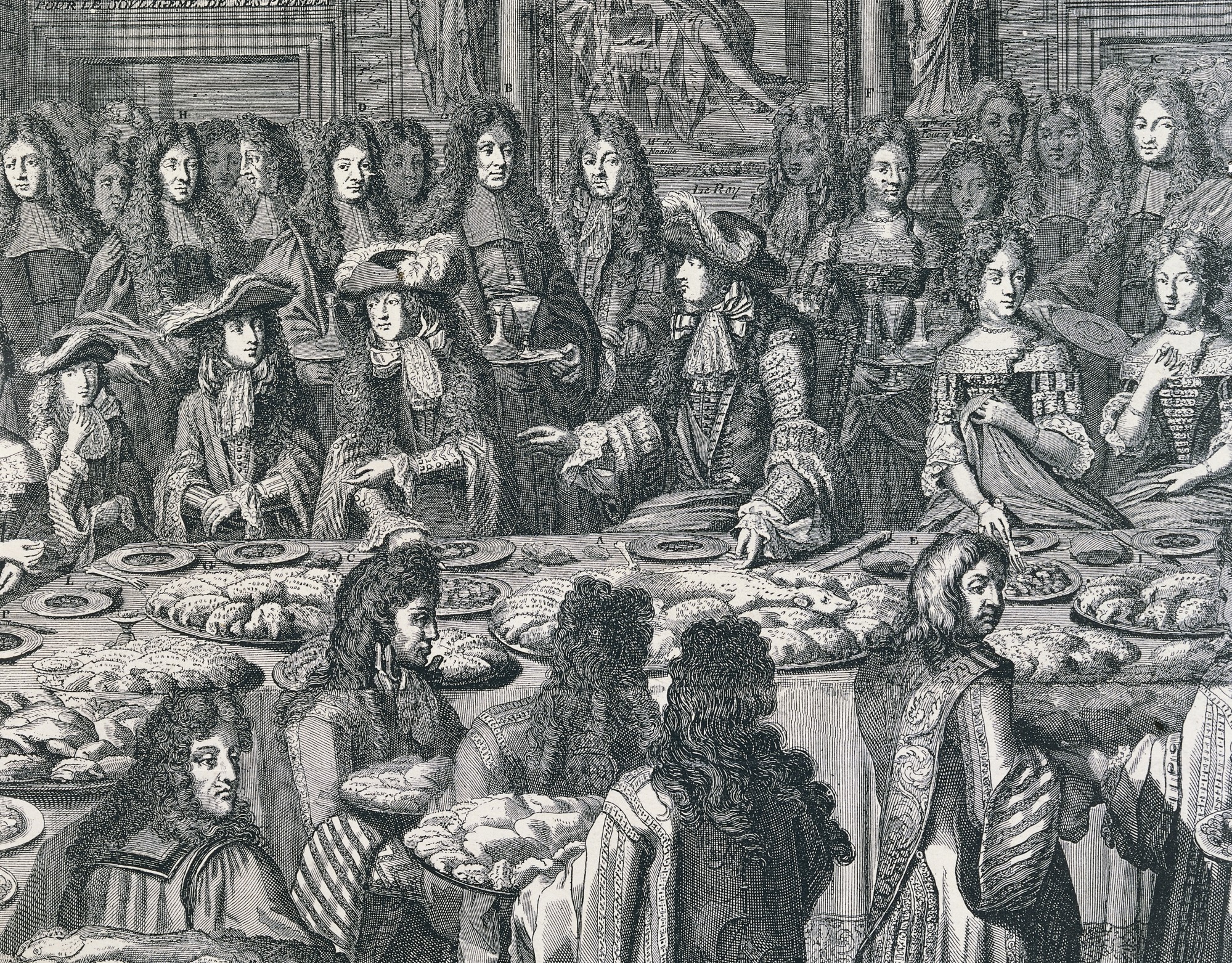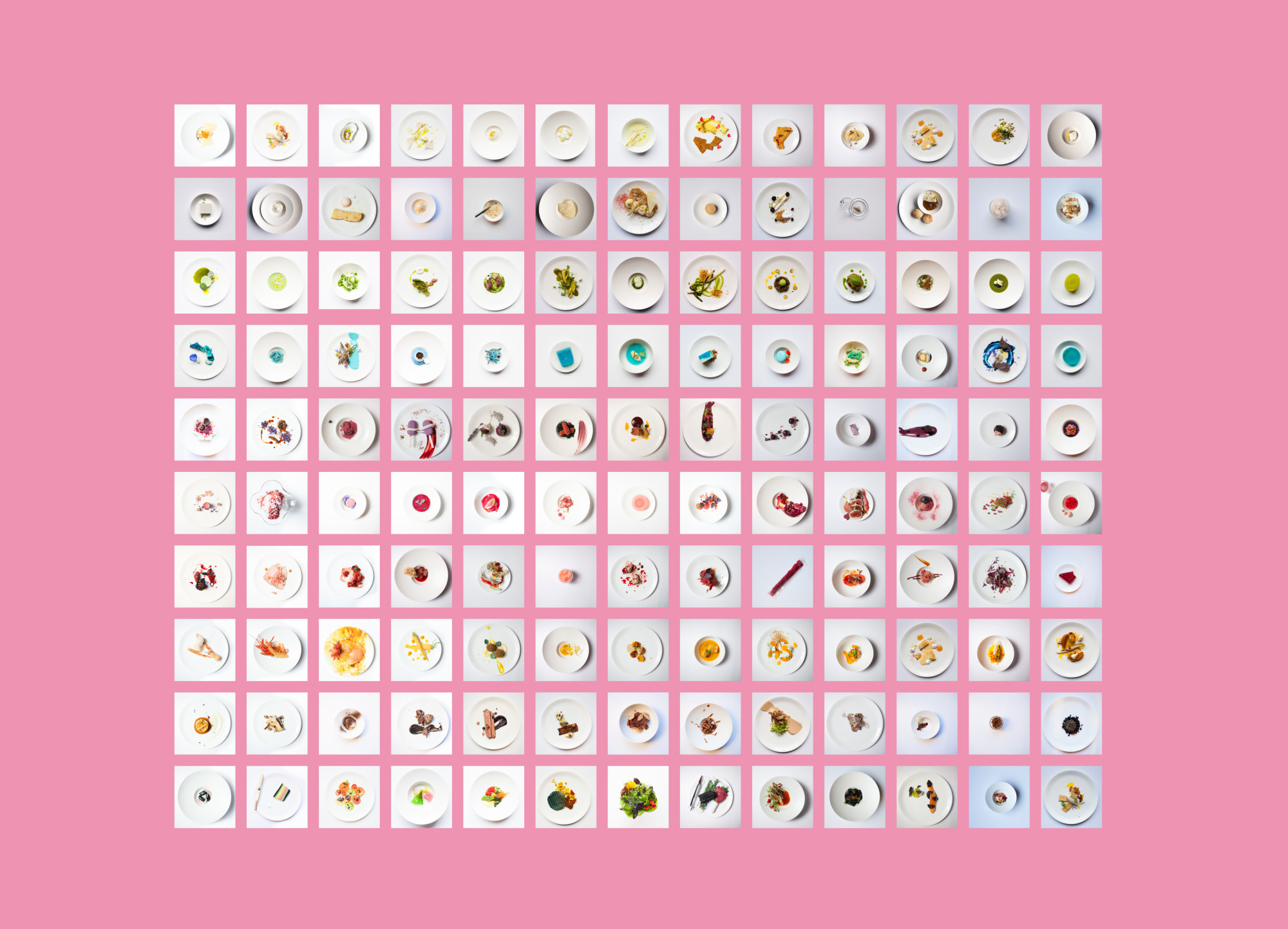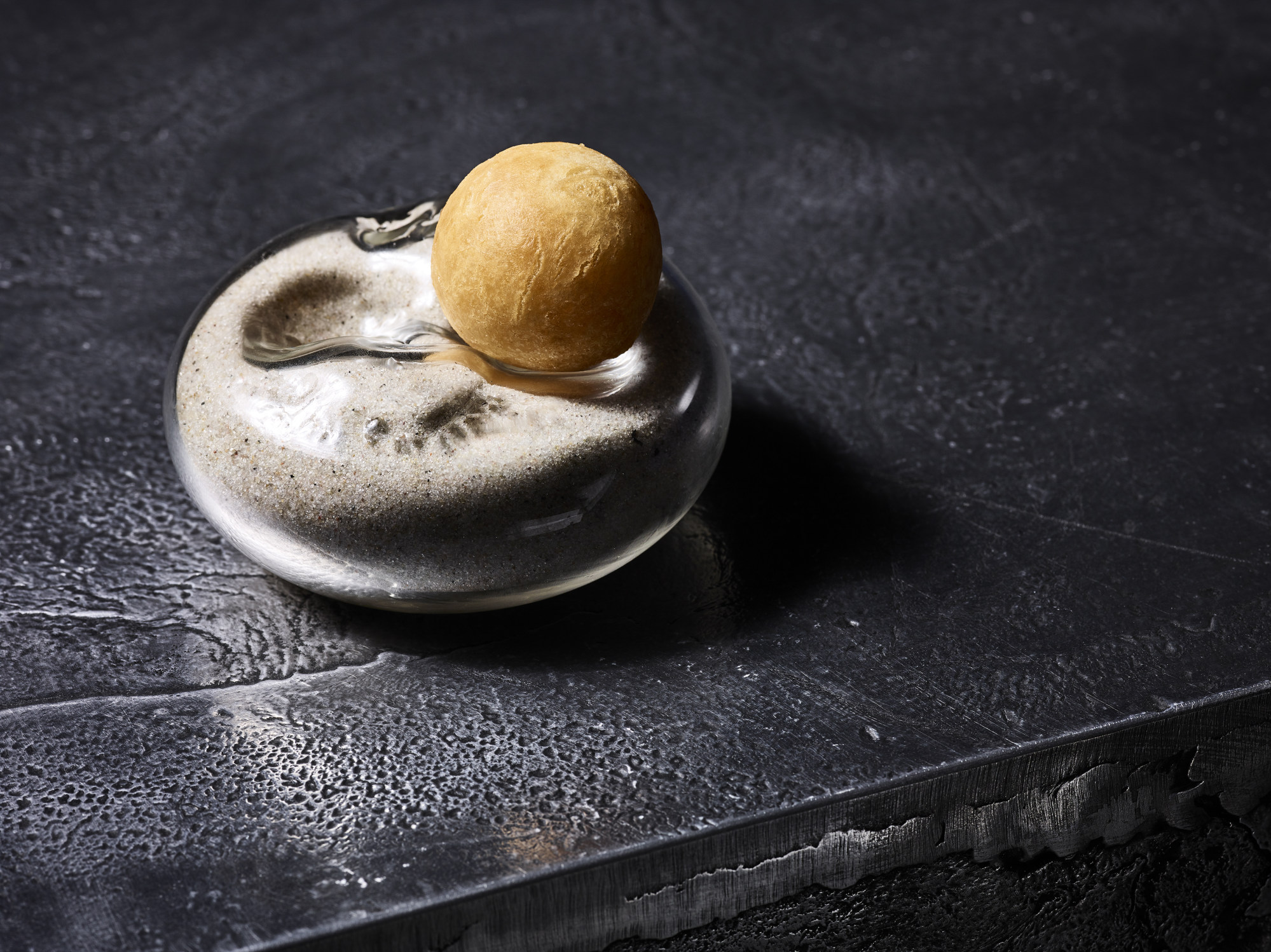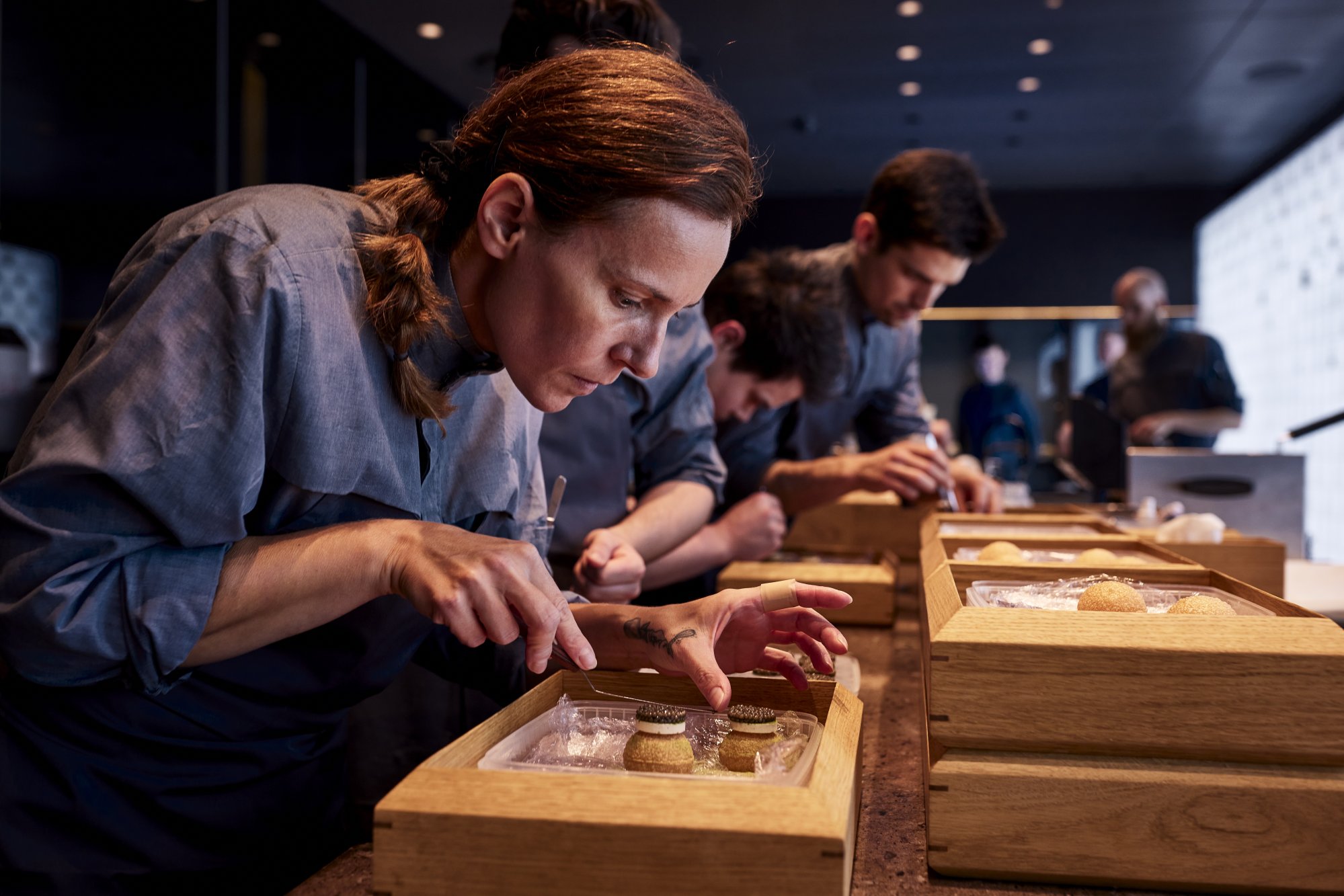
Are tasting menus worth it? Not the ones that run for hours on end and make you feel as if you have been taken hostage
- The original purpose of a tasting menu was to allow the diner a glimpse into the skills of a chef, and to experience a culinary representation of who they were
- With some tasting menus reaching record-breaking durations, what can now be considered too much? And whatever happened to the humble three-course meal?
Eating has become an endurance sport. Yes, every once in a while, new peculiarities arise in society, but they then become integrated into our everyday habits.
Take, for example, the relatively unremarkable practice of pointing your phone at your dish before you eat it – or indeed in the face of a chef as they shave truffles onto your plate while regaling you with the story of their grandmother’s potato plot.
I wonder if the combination of social media preening and the desire to climb into the lauded restaurant rankings and awards systems have created an altogether unmanageable monster: the lengthy, often convoluted tasting menu where you feel as though you’ve been taken hostage by the restaurant.

There is a marked difference between enjoying a long, languorous lunch with a martini or three and cancelling all your afternoon meetings, and a five-hour-plus situation where you’ve run out of dinner conversation eight courses in – and you still haven’t reached the mains.
I remember once reviewing a multi-starred French restaurant where each course was as rich and heavy as the last, when a smiling waiter came to my elbow and set down another dish that wasn’t listed among the dozen or so courses. “Compliments of the chef. He’d like you to try it out,” he said. That dish sent me over the edge and I struggled to enjoy the rest of the menu as it was designed.
Affordable fine dining in Hong Kong? Yes, if you know where to look
In a discussion with fellow food writers, who often enjoy the privilege of dining out on a restaurant’s dollar, one statement struck out: when it comes to an overly long menu, are we now just eating a chef’s ego? Where is the line between being generous and being overbearing?
They talk about dinners that are now reaching record-breaking durations, and the inevitable palate fatigue that comes with it. Other complaints include an over-explanation of each course, and the considerable problem of lukewarm temperatures that dominate such meals – a natural downfall when you combine the issue of bite-sized “courses” with an entire monologue that accompanies its arrival.
The original purpose of a tasting menu, or degustation, is to allow the diner a glimpse into the skills of a chef, and to experience a culinary representation of who they are unfolding course by course. Some menus have a common thread throughout, and many are anchored by the bounty of the season.

The concept, like many things in contemporary fine dining, has its roots in French gastronomy.
Some have suggested that the practice of the degustation has links to the royal courts of France, given that Louis XIV was partial to a large meal – a sample menu from 1662 lists three “services” comprising of no less than 15 separate dishes including partridge pie, chickens cooked on hot embers and fillet of duck.
But at what stage does a tasting menu shift from proportionately sized to outlandishly overblown?

Some of the best tasting menus I’ve had the pleasure of trying have the balance and pacing of a well-thought-out film or musical composition: starting off, perhaps, with a few light bites – or amuse bouches – to prep the palate, followed by perfectly judged portions of clever and expertly constructed plates that neither disrupt nor bore you.
There are extremes, too, though at least they are done in jest. In 2015, experimental food artists Bompas & Parr staged what is to date the world’s lengthiest tasting menu, with a pop-up restaurant that served 200 courses over 24 hours.
Held at The Factory in Bermondsey in southeast London, the gargantuan dinner involved eight chefs and 10 meals consisting of 20 “mini courses”. Each meal was priced from £49 (US$61) per person, so in actual fact, no one was forced to stomach all 200 courses – if you did, you’d be £2,000 out of pocket and quite possibly dead.

They weren’t even the first to make such an attempt. Just two years prior, a couple named Carrie and Simon in the UK set the world record for the longest tasting menu with their 193-course dinner featuring bites from around the world, in 24 hours.
Restaurant critic Pete Wells, writing in The New York Times more than 10 years ago, already had this sense of ennui. He ceded that a tasting menu, when done right, “can yield a succession of delights that a shorter meal could never contain.
“At other times, though, the consumer of such a meal may feel as much like a victim as a guest,” he continued. “The reservation is hard won, the night is exhausting, the food is cold, the interruptions are frequent. The courses blur, the palate flags and the check stings.”

Longest tasting menus in the world
50 – Alchemist, a two-Michelin-star restaurant in Copenhagen, might be the Avatar of the culinary world with its lengthy meal that comprises 50 courses – or “impressions”, as chef Rasmus Munk refers to them – that normally lasts between four to six hours.
Dishes are as avant garde as they come, with items such as the “Sunburnt Bikini”, the classic ham and cheese sandwich reimagined into a sphere made of fried mochi dough.

“As the experience at Alchemist isn’t just a dinner but also involves performance, interaction and visual technology in our planetarium dome, our guests are prepared and expect a lengthy menu,” chef Munk explains. “You could say that it is built into our ‘50 impression’ concept at Alchemist to be overwhelmed.
“A big part of the eating experience is therefore also discussing and discovering different issues like plastic pollution, food waste, social injustice, and topics like organ donation or child labour in the chocolate industry,” he continues. “Of course, the whole experience can lead to a form of sensory overload, but that is also the idea. Hopefully, they will like the food as well.”
Guests work their way through different areas of the restaurant for each course or “act”, including a section called The Dome, where an aurora borealis is projected on the 18 metre (59 foot) high curved ceiling. Rather fittingly, diners don’t “reserve tables” – they purchase “tickets”.

32 – Disfrutar, Barcelona, was opened by El Bulli alumni in 2015 – Eduard Xatruch, Mateu Casanas and Oriol Castro. As such, it doesn’t fall far from the tree as the restaurant has been known for serving tasting menus featuring at least 19 courses, with a special 32-course feast appearing in the past.

